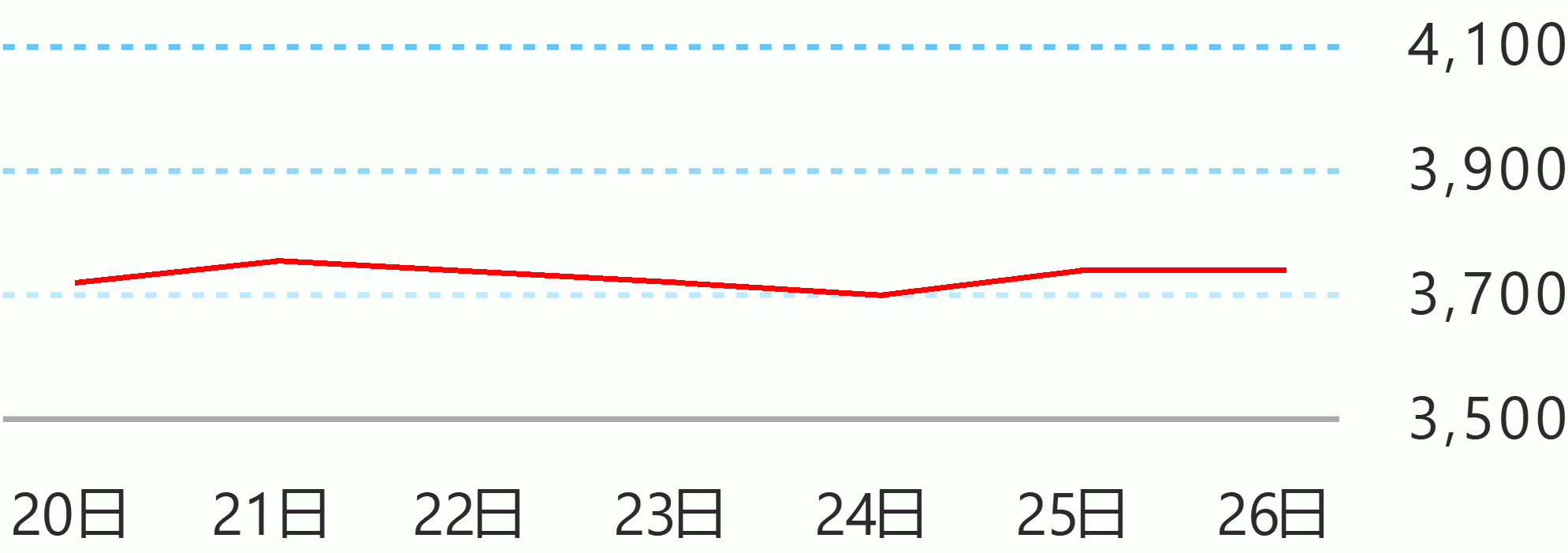Japanese Prime Minister Fumio Kishida and Transportation Secretary Jaime Bautista on Saturday saw the construction progress of the Philippines’ transport project of the century - the Metro Manila Subway Project (MMSP), a mega railway system funded by the government of Japan.
Bautista showed Kishida the launching shaft of the subway's tunnel boring machine (TBM) in its depot in Valenzuela City.
The transport chief cited the Metro Manila Subway as the 'crown jewel' of mass transport, which aims to upgrade the country's transport sector to global standards and improve connectivity and mobility throughout the metropolis.
"The subway will improve the mobility of passengers and inter-city connectivity," Bautista said.
With his long support of the Philippines' rail expansion, the Department of Transportation (DOTr) has assured Kishida that progress of big-ticket transport projects, such as the subway, is on track for completion.
Through the Japan International Cooperation Agency (JICA), the Philippines is one of the top beneficiaries of Official Development Assistance (ODA) from Japan, a country with 150 years of experience in rail development, 30,000 kilometers of rail lines, and 25 billion riders a year.
Part of the nine flagship transport infrastructure projects funded by the Japanese government, the Metro Manila Subway also aims to generate employment for Filipinos.
Construction is ongoing for the 33-kilometer, 17-station subway that will stretch from Valenzuela City to Paranaque City, with a spur line to Ninoy Aquino International Airport (NAIA) Terminal 3 in Pasay City.
Once completed, the underground rail system is expected to reduce travel time between Valenzuela City and Pasay City from 1 hour and 30 minutes to 35 minutes and service over 500,000 passengers daily. DOTr





 English
English









